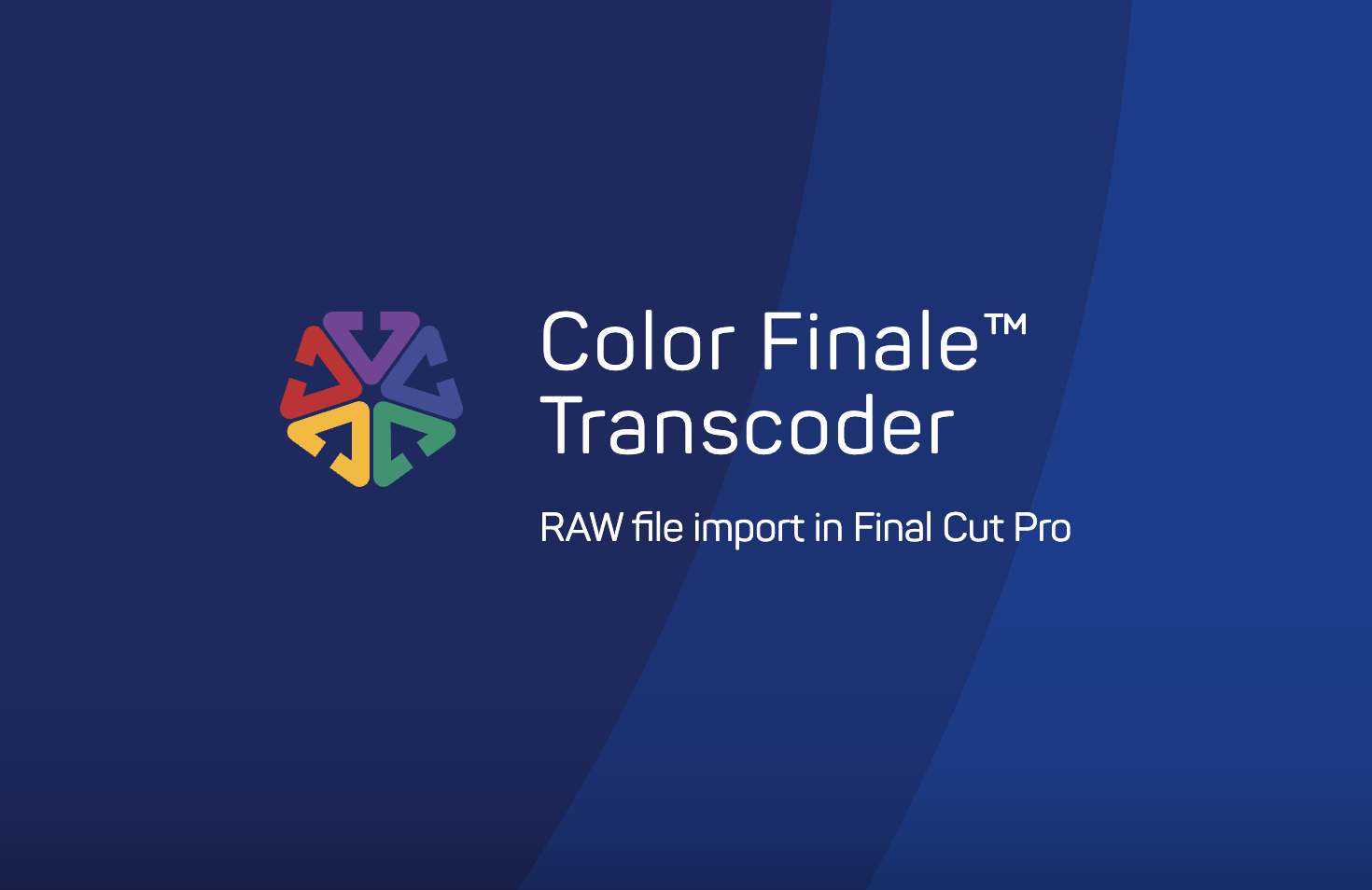

#Color finale pro white balance full#
White light contains an equal mix of wavelengths (colors) of the full visible spectrum. The frequency of light in the visible spectrum is between 390nm – 700nm (nanometers-billionths of a meter!).Ī red painted surface will absorb all wavelengths of light except the color red, red light is reflected, and our eyes detect the light which is registered by our brain as red.Ī white surface, however, is not selective: it reflects the full spectrum of wavelengths of any light falling on it equally. Visible light is a form of electromagnetic radiation, with a frequency (wavelength) that determines its color. If you are recording RAW sensor data, then your in-camera white balance setting only affects the way you are monitoring your image it will be saved as metadata but will have no effect on the recorded image data. Recording in RAW gives you full control over the color temperature in post. It is imperative to get this right as correcting mistakes in post can be tough. This is your “white balance” or “color temperature” setting, and if you are recording any format other than RAW, this setting permanently determines the color balance of your recorded image. You have to tell your camera what color light is illuminating your scene, and it needs to be adjusted every time the light changes. While our eyes and brain adjust continually to changing light conditions, a camera will not. However, it may actually be reflecting the blue light of an overcast day, or the deep orange of the sun just before it disappears below the horizon. Usually, we want objects that appear white in reality to also appear white in our recorded images-and when white is balanced correctly, all other colors will be balanced correctly, too.Ī white surface appears white because your brain tells you that it is white. Not only does it play a part in how white surfaces in our scenes are recorded, but it is also pivotal in the overall balance between every color of every surface in the scene. It is vital to understand the ways in which color temperature affects our shots. Looking at the example, it quickly becomes apparent just how important color temperature can be. Bottom: final color correction, based on the properly balanced 5600K shot.Top right: correctly balanced at 5600K (daylight).Top left: incorrectly balanced at 3200K (tungsten).In the picture above, you can see three versions of the same image-each shot with different in-camera white balance (color temperature) settings:

Often misunderstood, color temperature is an important concept which can have serious implications for the images which we create.


 0 kommentar(er)
0 kommentar(er)
